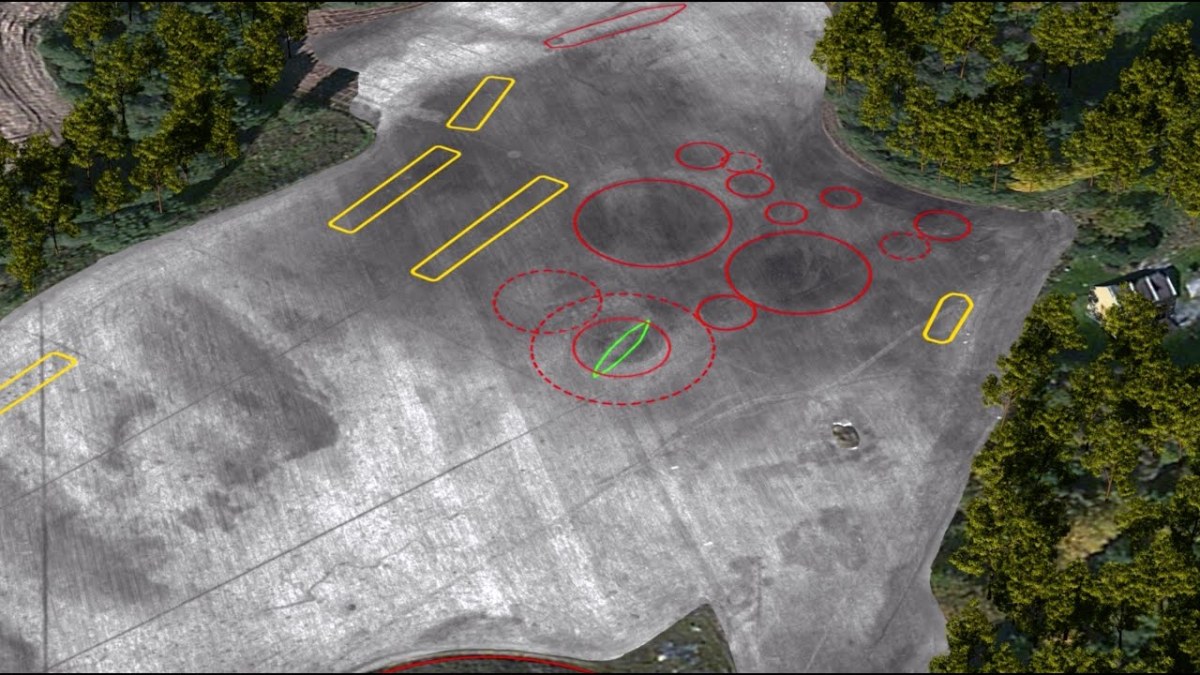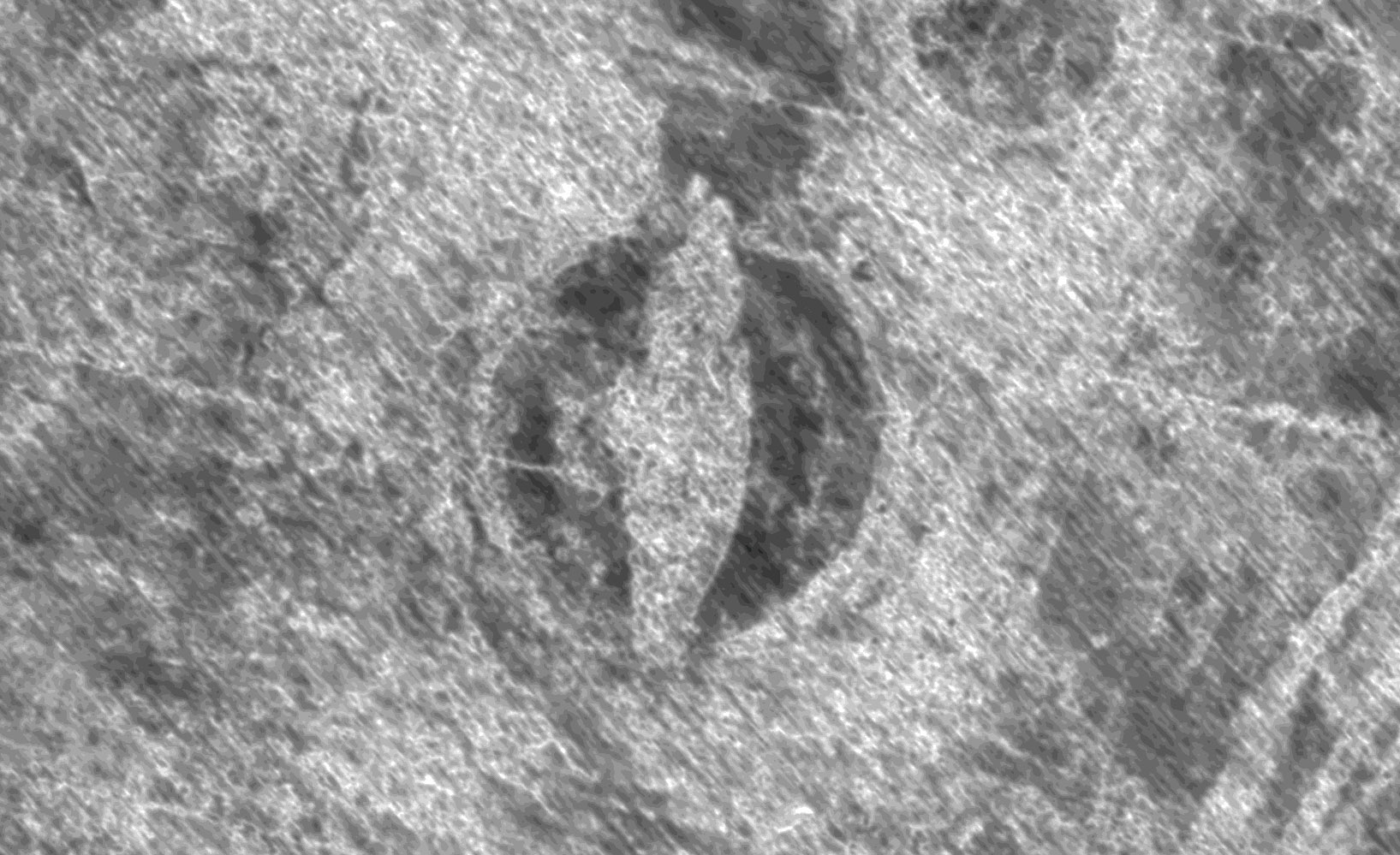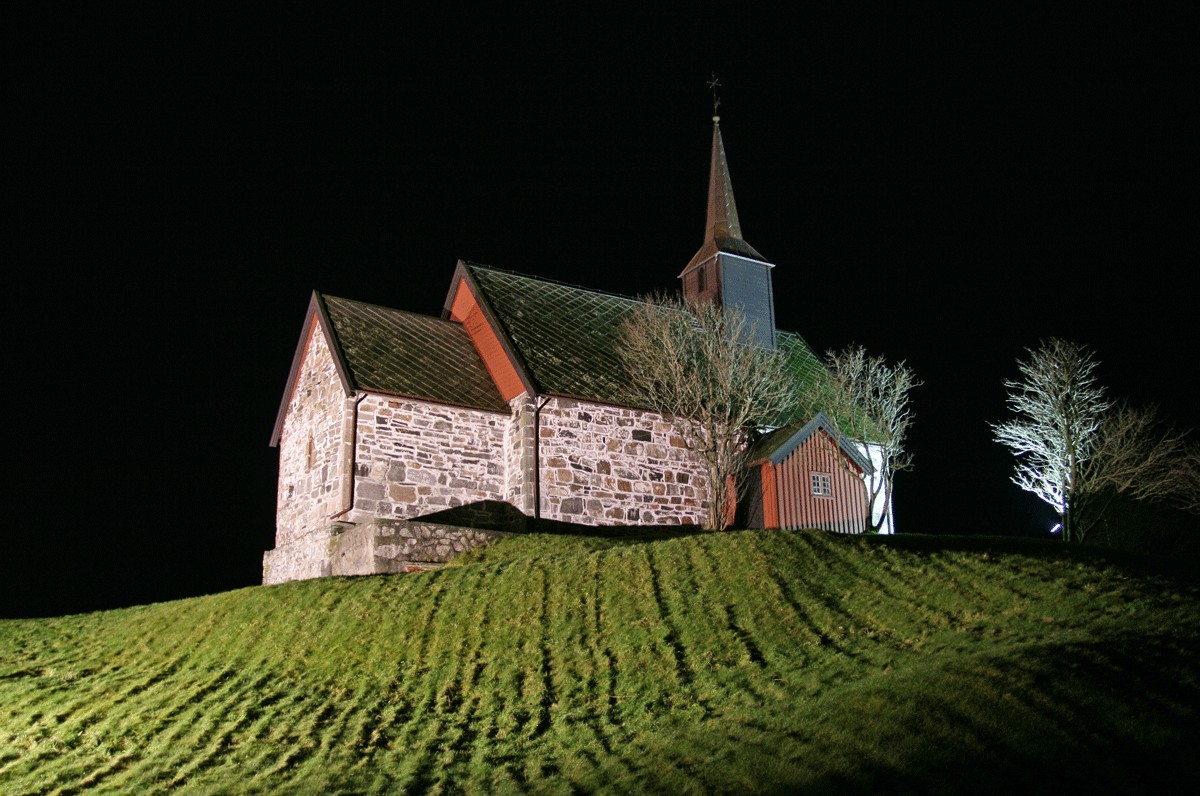When engaged in marine pursuits, radar is very useful for determining the position of other vessels on the water. But it turns out that a very different kind of radar has also been useful for finding ships, albeit ones that are buried underground. In recent years, archaeologists have discovered numerous Viking ships buried at different sites across northern Europe. And now, details have emerged about one of the most significant finds of this type made to date.
Writing at The Art Newspaper, Emi Eleode has more details. The findings were initially written up in the journal Antiquity, and cover the use of ground-penetrating radar to explore the Jell Mound, a burial site in Gjellestad, located in southern Norway.
What did they discover? “[S]everal burial mounds, the remnants of a ship, a large feasting hall and a cult house,” Eleode writes. Overall, the archaeologists discovered 13 burial mounds. Burials involving ships were not unheard of among Vikings; the one buried here is approximately 19 meters in length.
The burial site is 1,000 years old, placing it in the Late Nordic Iron Age. The discovery is credited with giving archaeologists and historians a better sense of how struggles over status and power played out over the course of centuries. The article at Antiquity contends that “Gjellestad represents a long-lived high-status cemetery and settlement, potentially connected to the elite of Southern Scandinavian Iron Age society,” as the paper’s authors phrase it. It’s a comprehensive look at how technology has improved our knowledge of the past — and where it might take us from there.
Thanks for reading InsideHook. Sign up for our daily newsletter and be in the know.

















